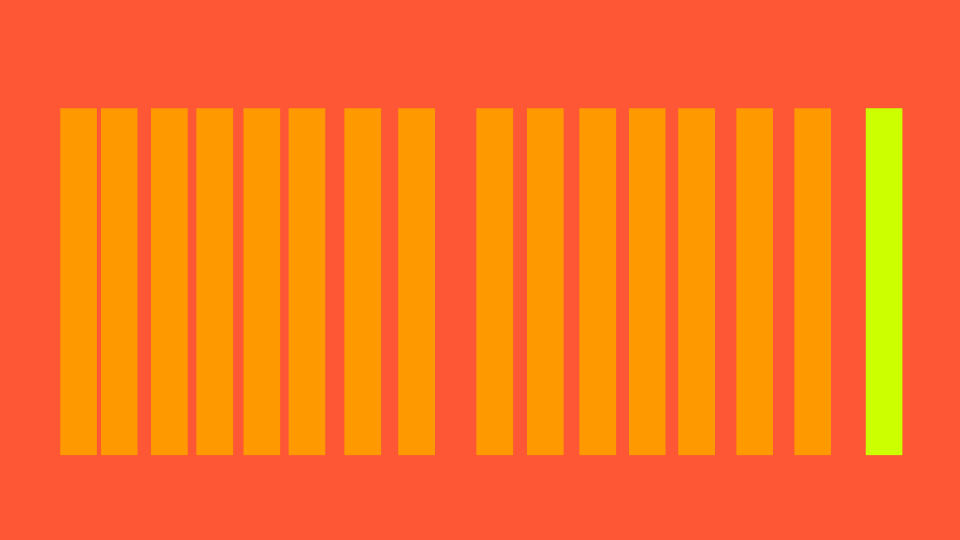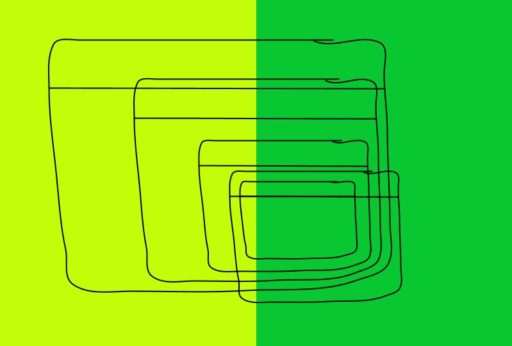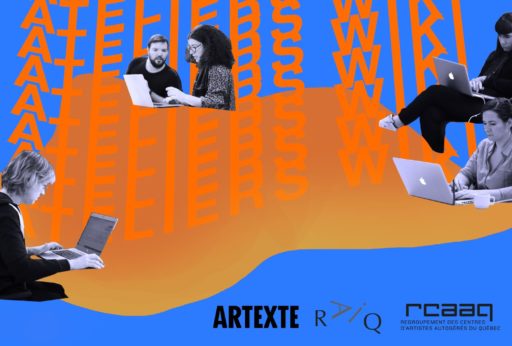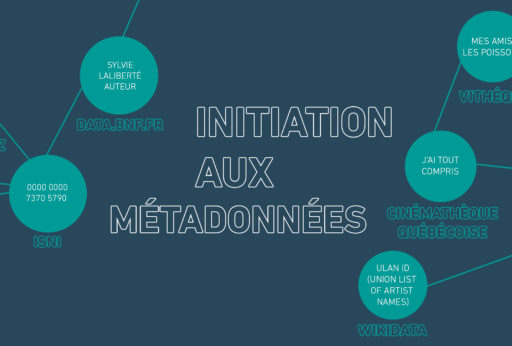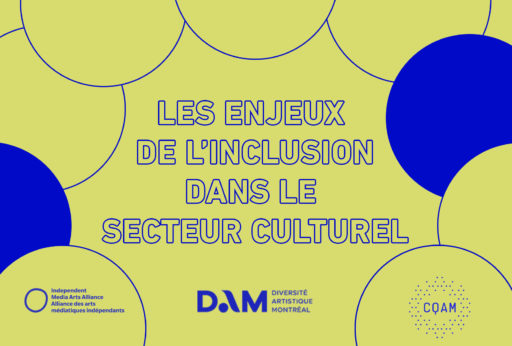content updated on August 24, 2020
Definition
ISNI, for International Standard Name Identifier, is an ISO standard whose purpose is to identify unequivocally, at the international level, the contributors to an intellectual or artistic work. The identifier applies as much to an individual as to an organization or a fictional character, encompasses all fields of creation (research, literature, music, cinema, visual arts, etc.) and all the roles that public identities can play (creation, publishing, production, performance, etc.).
A large number of libraries, databases and rights management organisations around the world currently use ISNI. Still, its use could be further extended to museums, galleries and arts councils.
The ISNI database is populated by contributions from 54 sources, including the Virtual International Authority File (VIAF), an authority file aggregating data from national libraries and research institutes (and Wikidata!).
An other interesting fact is that ISNI is an open standard, which can be used and reused freely on the web and elsewhere, unlike other proprietary identification systems. It is thus part of the logic of linked open data and the semantic web. Each ISNI is associated with a URI (Uniform Resource Identifier). The URI is the permanent address to which we can access a resource on the Internet. For example :
Davis, Mary Ellen
ISNI : 0000 0001 1951 400X
Lastly, ISNIs are managed by an international agency, the ISNI International Authority (ISNI-IA). The ISNI-IA is in contact with local registration agencies which are responsible for handling individual user requests. This international agency is a non-profit organisation, but each registration agency contributes to its operating costs by paying a registration fee.
The québécois context
In July 2019, we learned that Bibliothèque et archives nationales du Québec has become an ISNI agency. This means that BAnQ is now our local intermediary between the ISNI-IA and the people who request an identifier. The music industry in Canada had also had access to this type of service for some time through the metaD initiative, which also acts as an ISNI registrar (note that this service is however temporarily suspended). In the wake of BAnQ’s announcement, the Conseil des arts et lettres du Québec published an article in January inviting the adoption of ISNI in the arts community (read here in French “Quel est votre ISNI?”).
These news indicate that we are entering an institutional context favourable to a more widespread appropriation of the identifier. This intention is part of a chain of actions that should allow a better valorisation of Quebec artists and works in the digital universe. Indeed, the use of an open, perennial identifier encompassing all disciplines, makes it possible to create links between the different mentions of the same person – and the different roles that he or she may play in the creative ecosystem over the course of his or her career – within catalogues, databases, encyclopedias and other diverse spaces on the web. ISNI is proving to be a very practical tool in the work on the “discoverability” of artists and cultural content online.
Call to action for artists
Considering the minimal investment an ISNI application represents for an artist (a little time) and the potential visibility it brings, we recommend that CQAM members take these steps with the BAnQ service.
The CALQ article mentioned above outlines the steps to follow to verify if you already have an ISNI and to apply for one if you don’t. I will summarize here the broad outlines of the very simple processes for researching or applying for an ISNI.
Check and search
Time: 1 minute!
If you have already created a work subject to legal deposit with BAnQ, an ISNI has been automatically assigned to you. This attribution process for contributors to a publication will continue in the future. To check if an ISNI is assigned to your public identity(ies), search the database at this address: http://www.isni.org/search.
Make a request
Time: about an hour
Once you have validated that no ISNI is assigned to you, you can request it from a registration agency. In Quebec, this agency is now BAnQ.
The application process is very simple: everyone can fill out an online form on their own or for others. Complete applications will be processed automatically and immediately. If an application proves more complex to process (the information submitted is inaccurate or imprecise), it will be reviewed by a BAnQ employee within a reasonable period of time (BAnQ currently estimates this period at 10 business days).
In the form, you must provide the following information:
- Name of the public identity (person, person or organization)
- Date and place of birth and/or death for a person or of creation and dissolution for an organisation
- Title of one or more works (up to four) to which the public identity has contributed
- Role in the creation of this work
For details on what is requested in the form, consult the guide prepared by BAnQ.
To go a step further
Finally, if you wish to develop a more detailed understanding of how data circulates and links on the web, I invite you to participate in the Introduction to metadata workshop offered by the CQAM in May 2020. You will be ready for the opening of BAnQ’s ISNI attribution service!
